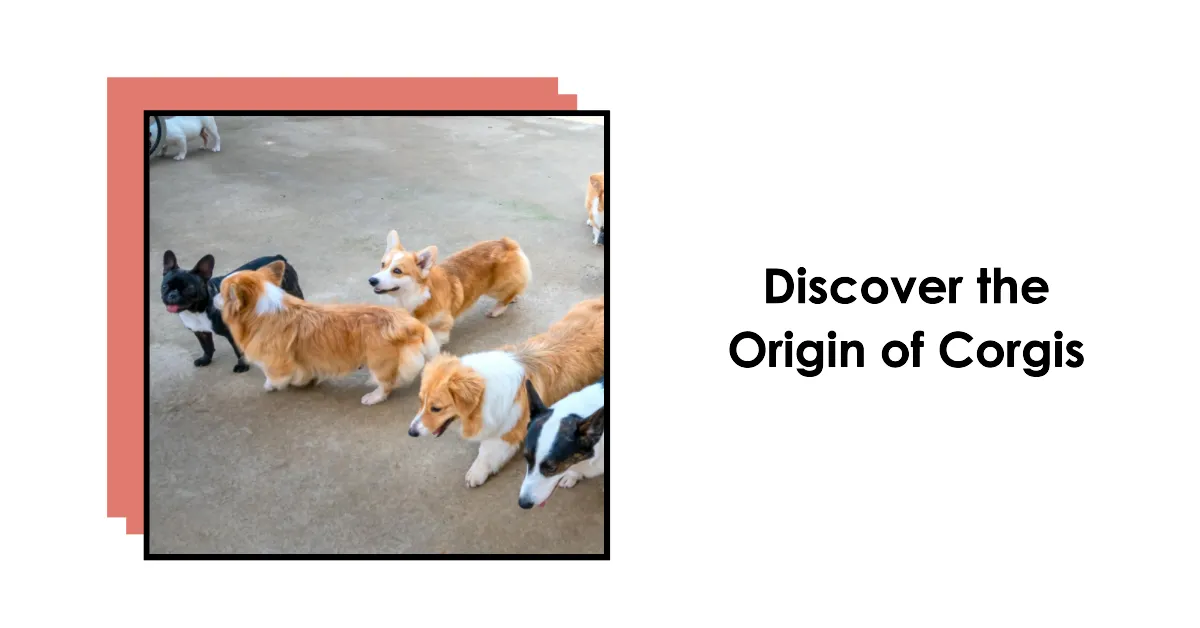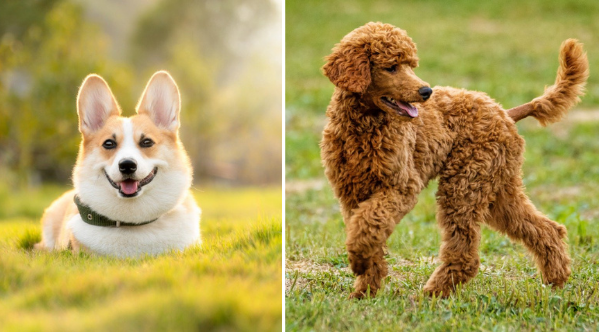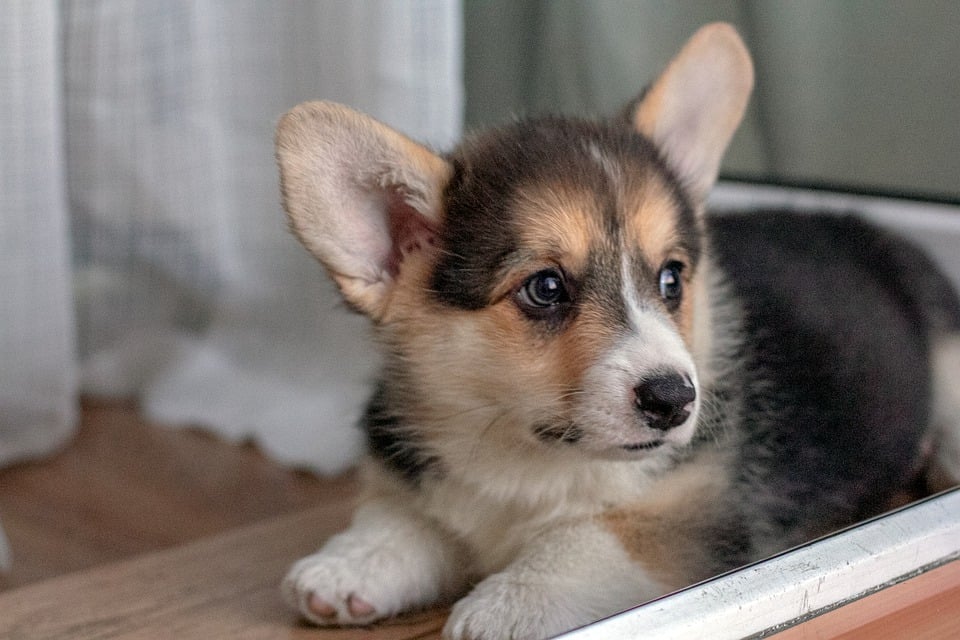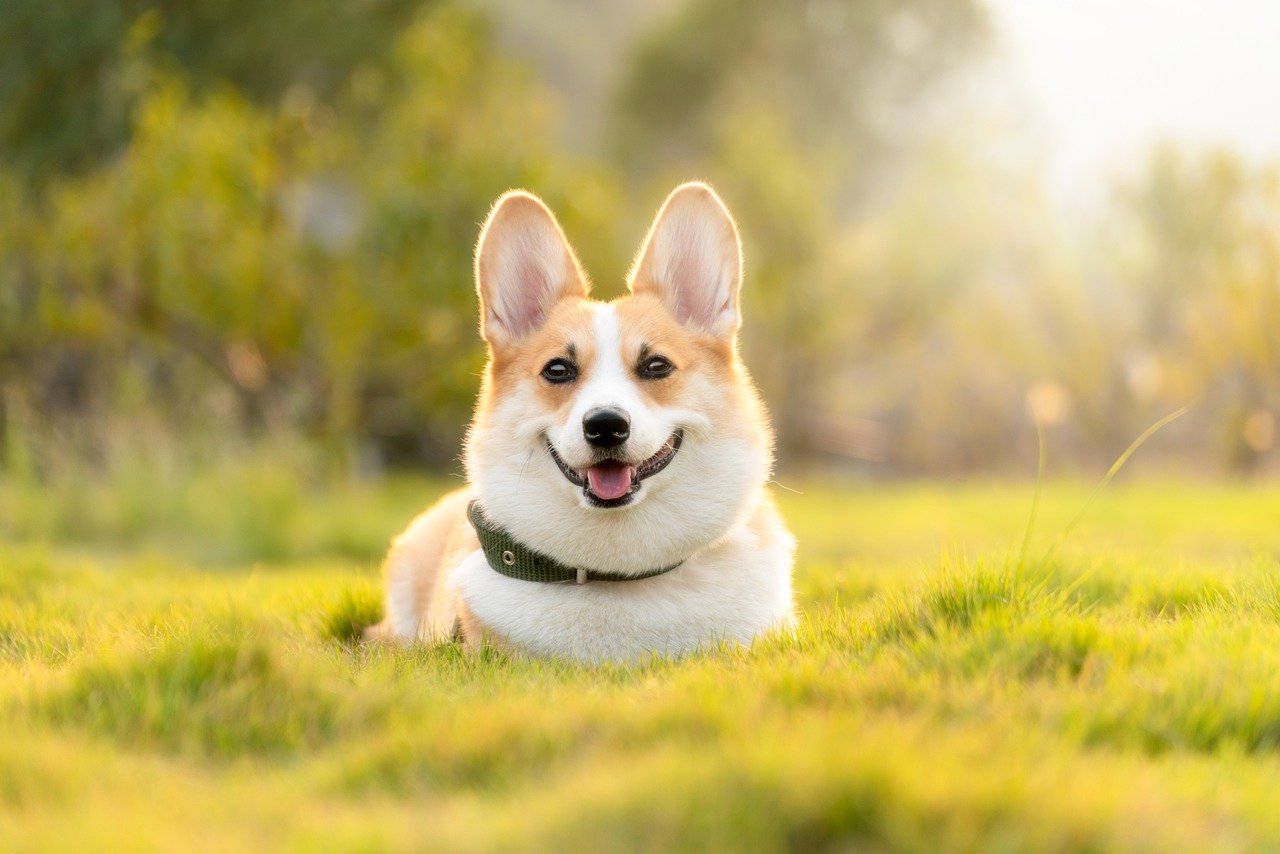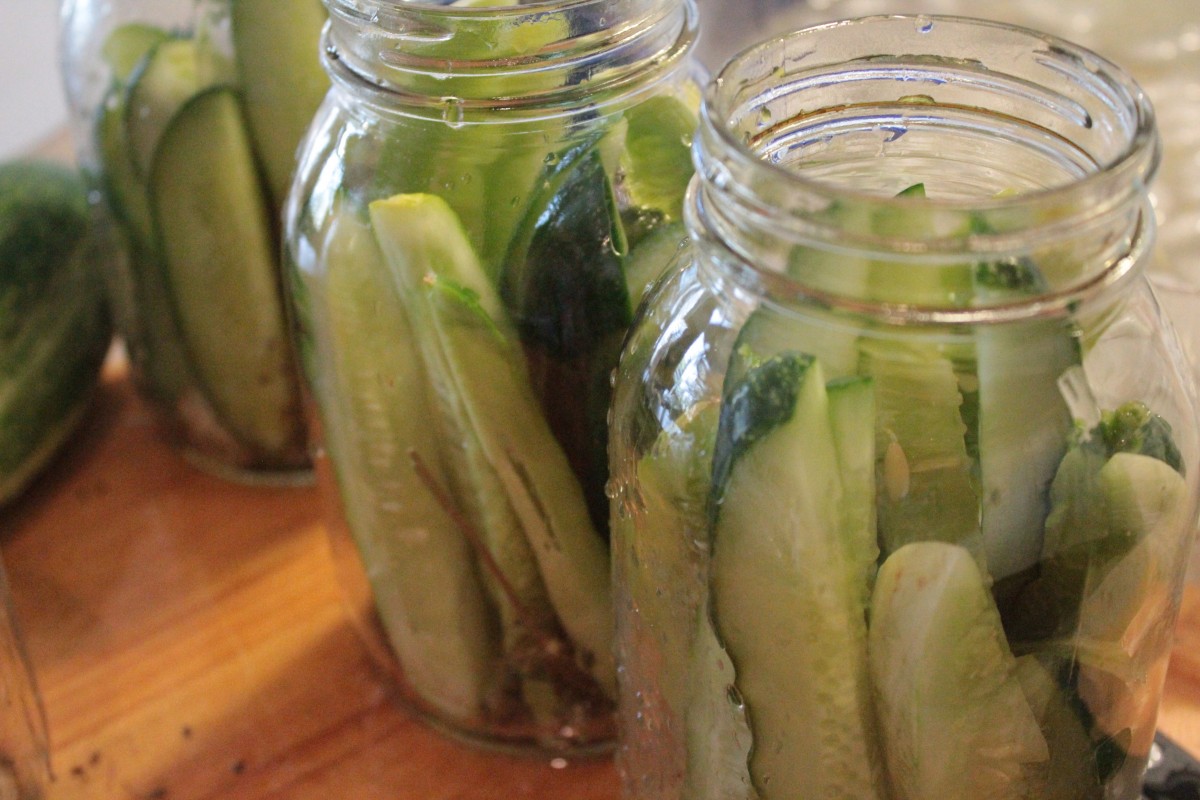Corgi Coat Colors: A Rainbow of Possibilities

Get ready to dive into a world of vibrant colors and endless possibilities with Corgi Coat Colors: A Rainbow of Possibilities!
Have you ever wondered about the different shades and patterns that can grace a Corgi's fur? Well, wonder no more, because we're here to guide you through the wonderful world of Corgi coat colors.
From the classic combination of tri-color to the bold and beautiful hue of red, and the mysterious patterns of blue merle, you'll discover a variety of options that will leave you in awe.
Whether you're looking for a delicate and light shade or a striking contrast, this guide will help you navigate through the rainbow of Corgi coat colors, ensuring you make the perfect choice for your furry friend.
So, let's get started and explore the colorful world of Corgi coats!
Tri-color: The Classic Combination
Have you ever wondered what makes the tri-color coat pattern in Corgis such a classic combination? Well, let's dive into the fascinating world of tri-color genetics and coat characteristics.
Tri-color Corgis have a coat that combines three distinct colors, usually black, white, and tan. This unique coloration is determined by specific genes that control the distribution of pigment in their fur. The black color is dominant, while white and tan are recessive. The result is a stunning patchwork of colors that give Corgis their iconic appearance.
Due to the genetics involved, each tri-color Corgi has a slightly different coat pattern, making them truly one-of-a-kind. These beautiful dogs often have a black base with white markings on their chest, face, and paws, along with tan accents above their eyes and on their legs.
It's no wonder that the tri-color coat is beloved by Corgi enthusiasts worldwide.
Red: A Bold and Beautiful Hue
If you're looking for a bold and beautiful hue in a Corgi's coat, the color red is sure to catch your eye. Red-coated Corgis are a stunning sight to behold, and their vibrant color is a result of their unique genetic makeup. Here are some key points about red coat genetics and variations that you should know:
- Red coat genetics: The red color in Corgis is determined by a specific gene called the 'E' locus. When a Corgi inherits a dominant 'E' allele from both parents, it will have a solid red coat. However, if it inherits a recessive 'e' allele, it can have a different coat color.
- Shades of red: Red-coated Corgis can come in various shades, ranging from a deep mahogany to a lighter golden hue. Some may even have a reddish tint to their fur, making them even more unique.
- Patterns and markings: Red-coated Corgis can also have different patterns and markings, such as white markings on their chest, face, or paws. These patterns can add an extra touch of charm to their already stunning coat.
When it comes to red-coated Corgis, their bold color and beautiful variations make them stand out from the crowd. Just remember, no matter the coat color, always prioritize the safety and well-being of your furry friend.
Sable: Shades of Warmth and Depth
Ready to learn about the stunning sable coat color in corgis? Well, get ready because we're about to uncover the fascinating genetics behind this shade, explore the wide range of sable color variations, and discover the distinctive characteristics of these warm and deep-toned coats.
From the rich mahogany hues to the golden highlights, sable coats are a true marvel of nature. So, let's dive in and get to know everything about this captivating color!
Sable Coat Genetics
Explore the fascinating world of sable coat genetics, where warm and deep shades come to life in corgis. Understanding the inheritance of sable coats can give you insights into the variations and markings you may see in these adorable dogs. Here are some key points to consider:
- Sable coat inheritance:
- Sable is a dominant gene in corgis, meaning that if a corgi inherits one copy of the sable gene from either parent, it will have a sable coat.
- However, the intensity of the sable coloring can vary depending on other genes involved in coat color inheritance.
- Sable coat variations:
- Sable coats can range from light to dark shades, with variations including red sable, black sable, and even silver sable.
- The coat may also exhibit different patterns, such as brindle or merle markings, adding even more uniqueness to each corgi.
- Markings:
- Sable coats often feature darker highlights on the ears, face, back, and tail, creating a stunning contrast with the base color.
- Some corgis may have additional markings like white patches or tan points, further enhancing their individuality.
Understanding the genetics behind sable coats can help you appreciate the incredible diversity and beauty found in corgis. So, next time you see a corgi with a sable coat, you'll have a deeper understanding of the fascinating genetics at play.
Sable Color Variations
As you delve deeper into the world of corgi coat colors, the sable variations emerge as a captivating display of warmth and depth. Sable coat genetics play a significant role in determining the range of colors seen in this variation.
Sable coats are characterized by a base color that's overlaid with individual hairs that are darker at the tips, creating a beautiful gradient effect. This range of colors can include shades of red, brown, and even black. The depth and richness of these colors give corgis with sable coats a unique and eye-catching appearance.
Whether your corgi has a light sable coat with hints of gold or a deep, dark sable coat with black tips, you can't help but be enchanted by the warmth and beauty of the sable color variations.
Sable Coat Characteristics
Continuing to delve deeper into the world of corgi coat colors, you'll often encounter the captivating sable coat characteristics that feature shades of warmth and depth. Here are some key points to help you understand the beauty of sable coats:
- Sable coat genetics: The sable coloration is determined by a specific gene that affects the distribution of pigments in the fur. This gene allows for a range of color variations, from light golden to deep red.
- Sable color variations: Within the sable coat category, you'll find a wide array of shades and patterns. Some corgis may have a solid sable coat, while others may have a merle or brindle pattern overlaying their sable base.
- Warmth and depth: What makes sable coats so enchanting is the way they create depth and warmth in a corgi's appearance. The interplay of lighter and darker shades gives their fur a rich, multi-dimensional look.
With their sable coats, corgis truly showcase the endless possibilities of color in the canine world. It's no wonder they capture the hearts of many with their stunning and unique appearances.
Blue Merle: A Unique and Mysterious Pattern
One of the most unique and mysterious coat patterns found in Corgis is the Blue Merle. This stunning pattern is a result of specific blue merle genetics, which create a mesmerizing combination of colors.
The blue merle coat is characterized by a base color of black or slate gray, with patches of blue, gray, or silver scattered throughout. The patches can vary in size and shape, creating a beautiful and distinctive pattern.
It's important to note that while the Blue Merle coat is visually striking, it doesn't affect the Corgi's temperament or personality. However, it's crucial to ensure that you're getting a Blue Merle Corgi from a reputable breeder who prioritizes the health and well-being of their dogs.
Fawn: A Delicate and Light Shade
To learn about the delicate and light shade of the Fawn Corgi coat, let's explore its unique characteristics. Fawn coat genetics play a significant role in determining the color of a Corgi's fur. Here are some key points to consider:
- Fawn coat colors range from pale cream to a warm, light tan.
- The fawn color is created by a combination of genes that regulate the production of pigments in the fur.
- Fawn Corgis often have a soft and velvety coat that feels incredibly plush to the touch.
- The light shade of the fawn coat can make the Corgi appear even more adorable and cuddly.
- It's important to note that fawn Corgis may have a higher risk of sunburn due to their lighter coat color, so proper sun protection is essential.
Understanding the fawn coat characteristics helps us appreciate the beauty and uniqueness of these delightful Corgis while also ensuring their safety and well-being.
Black: Simple Elegance in Corgi Coats
Ah, the sleek and sophisticated black coat of a Corgi. Classic and timeless, black Corgis exude an air of simple elegance that's hard to resist. But it's not just about their striking appearance - black Corgis also offer versatility in their coat colors, ranging from solid jet black to black with white markings.
Understanding the genetics behind their black coat is key to appreciating the beauty and uniqueness of these adorable pups. So, let's take a closer look at the world of black Corgi coats and discover the fascinating points that make them so captivating.
Classic Black Corgis
When considering the wide range of Corgi coat colors, it's impossible to overlook the simple elegance found in classic black Corgis. These beautiful dogs have a long and fascinating history. Here are some interesting facts about black Corgis:
- Black Corgi History:
- Black is one of the original colors of the Corgi breed.
- In the past, black Corgis were often used as working dogs on farms due to their intelligence and agility.
- They were highly valued for their herding skills and ability to control livestock.
- Famous Black Corgis:
- The most famous black Corgi is undoubtedly Queen Elizabeth II's beloved pet, Dookie.
- Dookie was a loyal companion to the Queen for many years and was often seen by her side during public appearances.
- Another famous black Corgi was Ein, the adorable pup from the popular anime series, 'Cowboy Bebop.'
Classic black Corgis aren't only visually striking but also possess a rich history and have captured the hearts of many. Whether you're looking for a loyal working companion or a beloved family pet, a black Corgi is sure to bring joy and elegance to your life.
Versatility of Black Coats
Black coats on Corgis exhibit a remarkable versatility, adding an element of simple elegance to their overall appearance. Not only do black coats look sleek and stylish, but they also have the ability to complement any other color in the Corgi's coat pattern.
Whether it's a black and tan, black and white, or even a black and red Corgi, the black fur always stands out in a sophisticated way. This versatility is due to genetic factors affecting coat color. The presence of certain genes determines whether a Corgi will have a black coat or not.
Black Coat Genetics
To understand the genetics behind the black coat in Corgis, let's delve into the origins of this simple yet elegant color. Black coat genetics play a crucial role in determining the coat color of a Corgi. Here are some key points to keep in mind:
- Coat color inheritance: The black coat color in Corgis is inherited through a process called gene expression. It's influenced by the presence of specific genes, such as the K locus gene, which determines whether a Corgi will have a black or non-black coat.
- Dominant gene: The black coat color is considered a dominant trait, meaning that if a Corgi inherits even one copy of the black gene, it will have a black coat.
- Genetic variations: While black is the most common coat color in Corgis, there can be variations within the black coat, such as brindle or sable patterns, which are determined by additional genes.
Understanding the genetics behind the black coat in Corgis can help breeders and owners predict the coat color of future generations and appreciate the simple elegance of these beautiful dogs.
White and Tan: A Subtle and Striking Contrast
You can appreciate the subtle and striking contrast of white and tan in a corgi's coat. These coat combinations are the result of specific genetics that determine the distribution of pigmentation.
White markings on a corgi's coat can vary from small patches to larger areas, while the tan color typically appears on the ears, around the eyes, and on the legs. This combination creates a visually appealing contrast that adds to the overall charm of the corgi.
It's important to note that while these coat colors are aesthetically pleasing, they don't affect a corgi's temperament or health. Remember, when choosing a corgi based on coat color, prioritize other factors such as temperament, exercise needs, and overall compatibility with your lifestyle.

